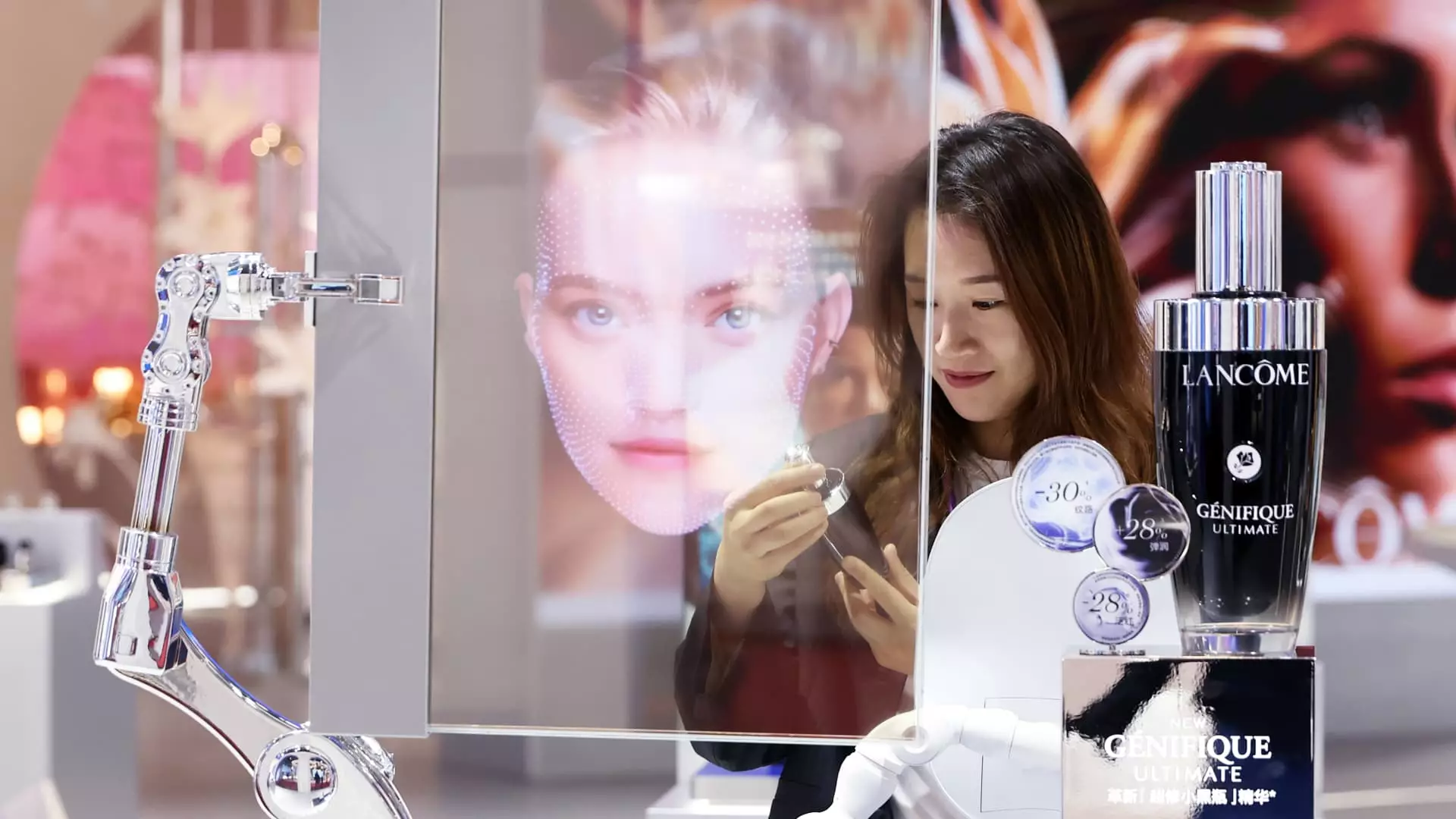In its recent quarterly earnings announcement, L’Oreal, the preeminent name in cosmetics, revealed that sales fell short of analyst expectations for the fourth quarter. Despite achieving a reported 11.08 billion euros (approximately $11.49 billion) in sales from October to December, the growth rate of 2.5% presents a concerning outlook compared to the anticipated 11.1 billion euros from industry analysts according to an LSEG poll. Although the full-year sales demonstrated a modest ascent of 5.1%, reaching 43.48 billion euros—slightly surpassing the forecast of 43.33 billion euros—the fourth quarter’s performance underscores significant challenges within key markets.
L’Oreal’s sales trajectory highlighted the regional variations that the brand is grappling with. While sales across multiple segments showed growth, North Asia, in particular, exhibited a notable 3.6% decline, marking a continuation of a trend observed in preceding quarters. This downturn is troubling, as North Asia represents a critical market for luxury beauty goods and shifts in consumer interest can have reverberating effects throughout L’Oreal’s global strategy. Conversely, North America’s growth was subdued, clocking in at merely 1.4% compared to a robust 5.2% in the prior quarter. Such lackluster performance raises alarms about broader economic factors impacting consumer spending in these vital regions.
While overall growth remains constrained, L’Oreal’s various divisions demonstrated resilience, particularly in dermatological beauty and professional products. This divergence within product categories suggests a shift in consumer priorities, potentially influenced by the increasing importance of skin health and professional-grade products. CEO Nicolas Hieronimus articulated a cautiously optimistic view, recognizing the persistent challenges in the Chinese market but also emphasizing a broader normalization of the global beauty atmosphere following years of macroeconomic disruptions. His comments indicate a strategic focus on maintaining competitive advantage, even amid turbulence.
The macroeconomic landscape, particularly the looming threat of a global trade war, casts a shadow over future growth prospects for L’Oreal and its competitors. The recent imposition of tariffs on Chinese goods by the U.S. is likely to intensify the already precarious conditions for consumer good manufacturers. Additionally, the disappointing results from luxury conglomerate LVMH only serve to reinforce concerns regarding consumer spending behaviors in high-end segments. With the beauty market not immune to these fluctuations, L’Oreal’s ability to adapt and innovate will be crucial as it navigates these unpredictable waters.
While L’Oreal remains a titan of the beauty industry, the latest sales report reveals a company at a crossroads. The challenges posed by weakened consumer demand in pivotal markets like China and North America call for a renewed focus on consumer engagement and innovative growth strategies to ensure sustained market leadership.


Leave a Reply